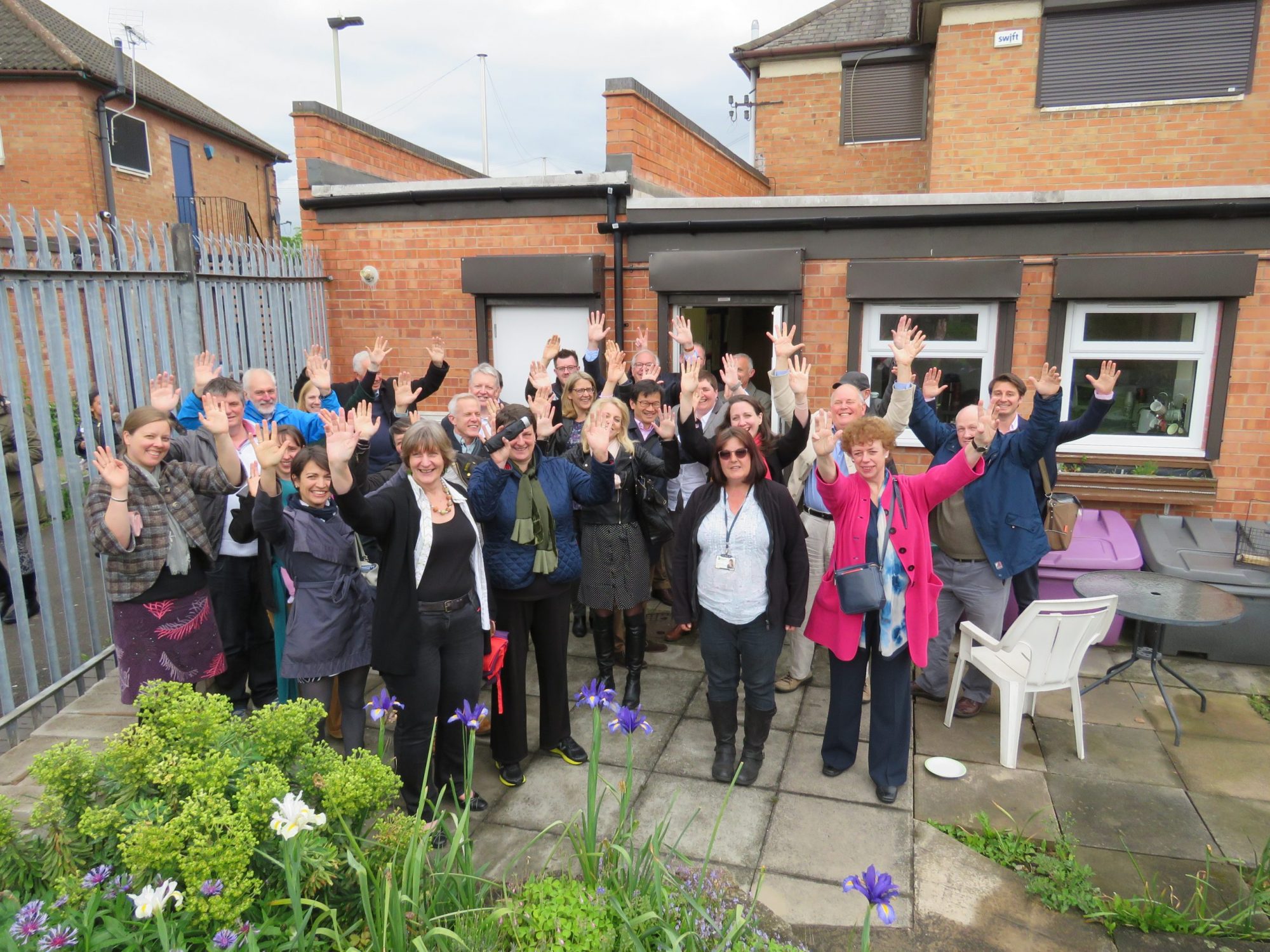
Chris Neath
Network Manager, Community Managed Libraries National Peer Network
Power to Change’s ongoing pilots demonstrate that CIDs have a function to convene town centre stakeholders, amplify less heard voices and galvanise local action, bringing together multiple partners to shape town centre development.
Meanwhile there are now over 550 community managed libraries in England, of which over 40% are located in town centres and high streets. CIDs can be initiated in many different ways, but in this blog I’ll be thinking about what greater engagement with community businesses such as libraries contributes to the CID partnership approach, responding to Power to Change’s interim learning report from the CID pilot programme.
Convening high street stakeholders
In order to govern town centres and decide how they should develop in future, CIDs have to act as good convenors, with the ability not only to bring together the many traditional town centre stakeholders but also to reach local people with an offer which is relevant to their needs.
In Crystal Palace, Upper Norwood Library Hub is a community library which has had lots of practice at convening a local partnership. They worked hard to save the library building itself from private developers, rallying the support of local people, engaging in constructive dialogue with the council and bringing together a partnership of local organisations to provide a range of useful services in and out of the building. It now acts as a vibrant community hub in Crystal Palace town centre providing events, business opportunities and community activities.
Community businesses as important town centre partners
Community led organisations such as libraries can help breathe life back into our town centres, offering alternatives to mass shopping such us opportunities to meet one another, relax, learn, do family activities – in friendly, community-focused settings. Earlsdon Carnegie Community Library in Coventry offers activities for families including story competitions and games clubs, arts and cultural events and language classes for adults, all alongside operating as a ‘warm welcome space’ for the community.
With more people coming to live in town centres now, community libraries can help fill a gap bringing new residents together and providing space for social interaction, activities and services reaching every corner of the community.
Spaces for all in the community
The learning about CIDs so far indicates that they can act to amplify less heard voices, but how can they ensure the work they do is genuinely inclusive? Engaging groups which suffer disadvantage isn’t easy, requiring skill, time and perseverance. Community managed libraries have learned from experience that doing this effectively requires collaboration, proactively seeking out input and engagement from more marginalised groups and voices. The community involvement in campaigning to maintain community space like libraries, nurtures a sense of ownership through inclusive meetings and steering groups.
Community libraries also recognise that they are diversity led initiatives harnessing untapped voices whose make a significant contribution to the high street as customers, employers, employees and beneficiaries. Community libraries use positive action to encourage young people with bright and boundary pushing ideas to become involved and push for progress when required.
Driving local action
An important function of CIDs is to drive local action, helping communities imagine positive change for their area and bring this into reality. There’s a recognition in Power to Change’s work that visible activities and engagement led by CIDs are key to gaining buy-in from communities and partner organisations.
Community led activity works best when a wide range of views and perspectives are given an equal voice, but also when local people are empowered to lead change. Activators embedded in local communities are best placed to cultivate strong partnerships and drive change, through their experience and awareness of the organisations around them.
To date Power to Change’s work is showing that CIDs can take a variety of forms – whether led by community enterprises, by an established Business Improvement District with community participation, or even as a standalone partnership bringing together communities, councils, local businesses and users of high street premises.
Community businesses are at the heart of place-making for their neighbourhoods, and where they exist, they should be prominent allies in town centre regeneration, working in partnership with traders and traditional businesses, councils and others to create vibrant places which meet the needs of their communities.



